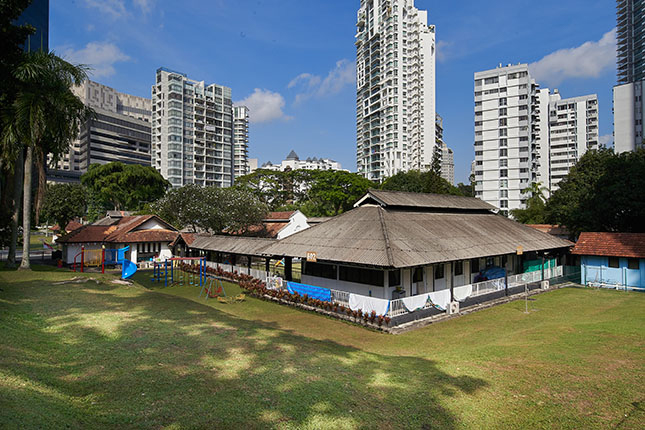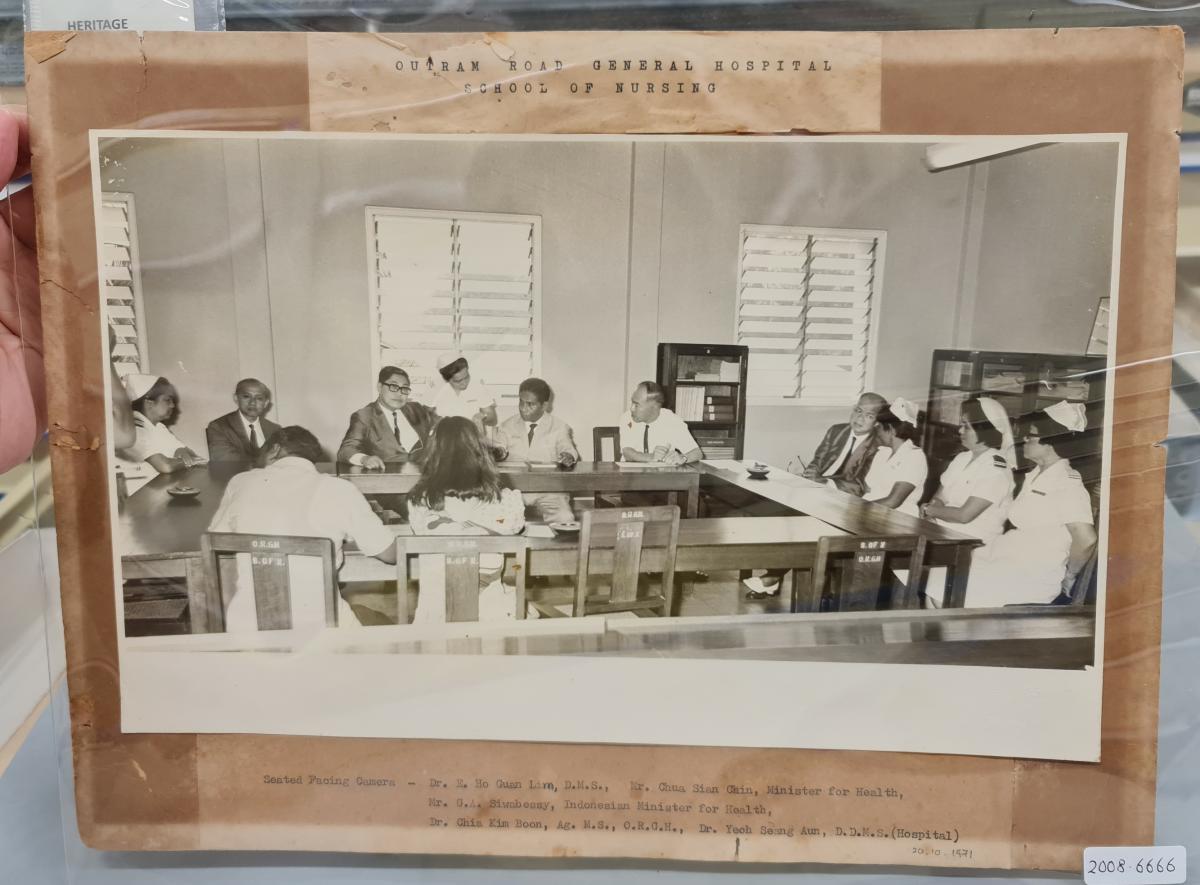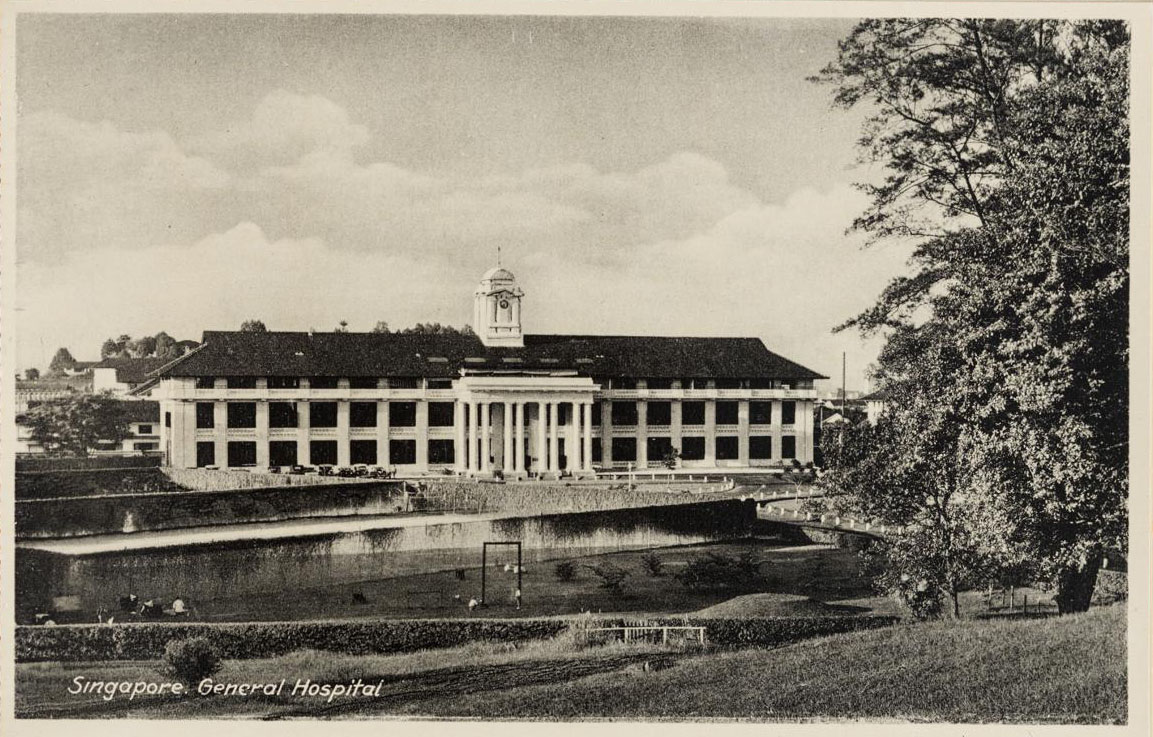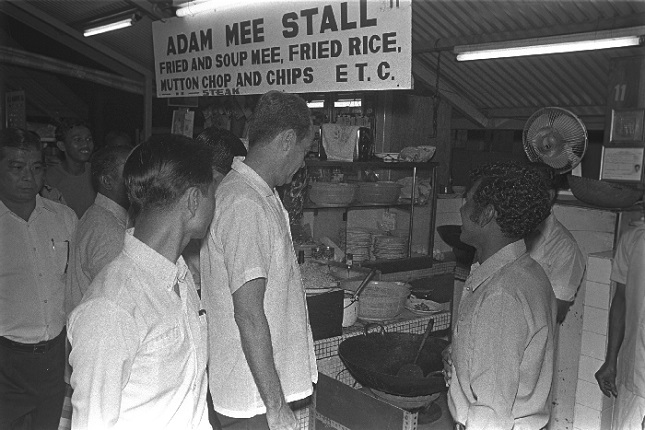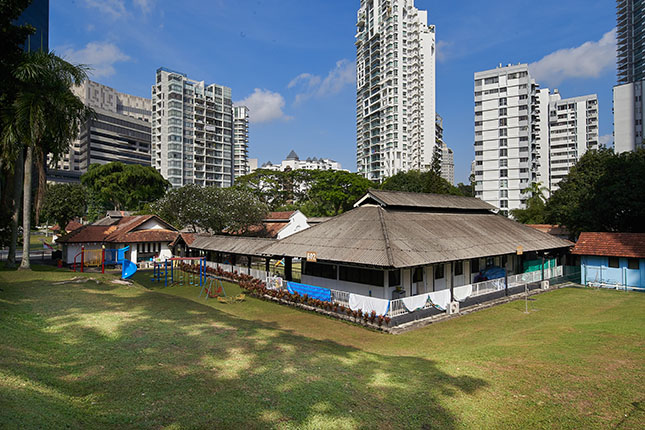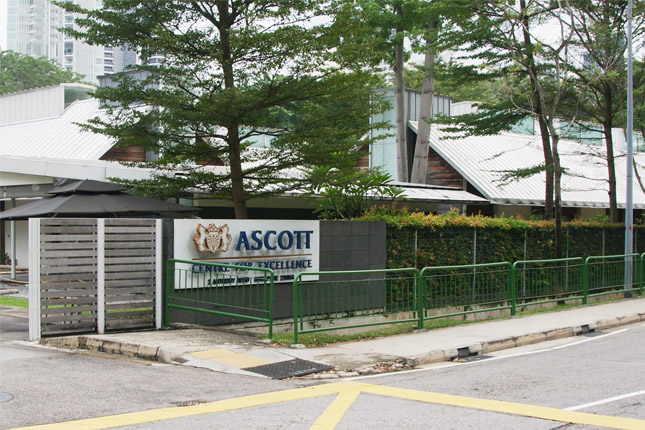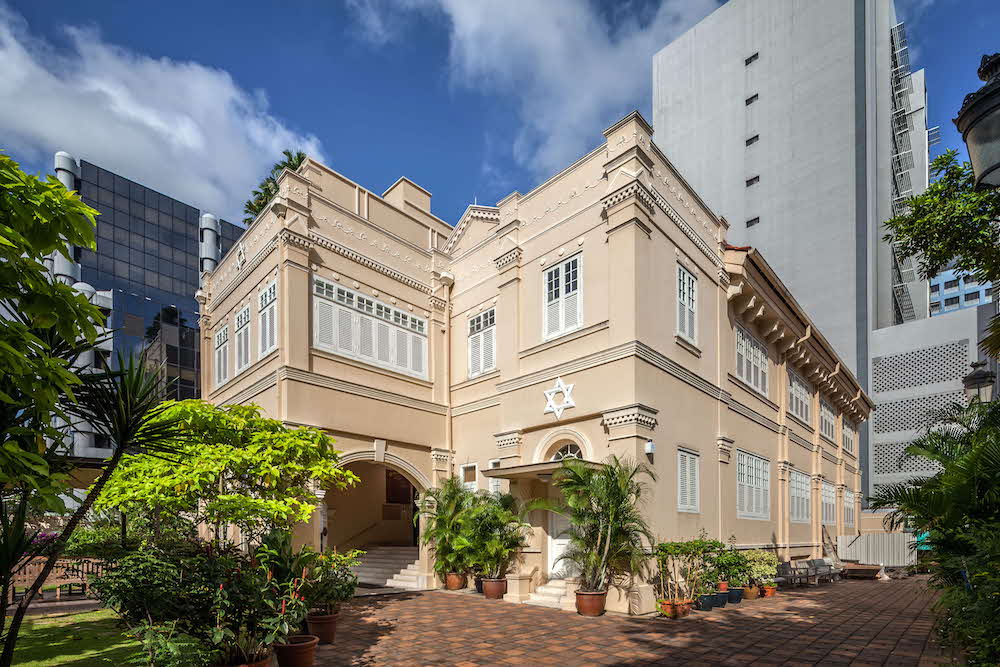A cluster of old-fashioned buildings lies along Martaban Road. Situated in the vicinity of Tan Tock Seng Hospital (TTSH) and other notable medical institutions, this compound was once known as Mandalay Road Hospital.
Constructed in the 1920s, the single-storey structures first served as a treatment facility for pauper for financially disadvantaged women. This humanitarian purpose is reflected in its cost-effective and functional architectural design: low-cost cheap brick piers, raised timber floors, and tiled jack roofs ensured that the rooms were well-ventilated and flooded with light. For public hygiene, buildings were deliberately spaced widely within the vast hospital grounds.
By the end of the Japanese Occupation, tuberculosis had become the number-one killer disease in Singapore. To aid in the nation’s fight against the deadly virus, Mandalay Road Hospital was converted into a tuberculosis treatment centre affiliated with TTSH.
In its initial years, the tuberculosis facility faced staff shortages – a need that was met by the arrival of five Catholic nuns from England in 1949. In addition to performing nursing duties upon their arrival, the nuns also set up a tuberculosis training school for locals.
Notably, this was the first associated institution of nursing in Singapore. Recruits underwent two years of nursing education at the school before proceeding to general hospitals to complete their training.
The school’s success, as well as medical advancements and new vaccines in the 1950s, contributed to the decline of tuberculosis in Singapore. The Mandalay Road Hospital eventually functioned as general medical wards between 1963 and 1972.
Funded by a $250,000 donation from Dato Lee Chee Shan, a banker and stroke patient himself, the premises next served as a rehabilitation centre for patients recovering from stroke and neurological disorders, from 1973 to 1994. The centre has since been relocated to Ang Mo Kio Community Hospital.
At the time of writing, the former Mandalay Road Hospital compound are managed by the state and sites a pre-school and an international college.
Buildings and sites featured on Roots.SG are part of our efforts to raise awareness of our heritage; a listing on Roots.SG does not imply any form of preservation or conservation status, unless it is mentioned in the article. The information in this article is valid as of October 2019 and is not intended to be an exhaustive history of the site/building.




